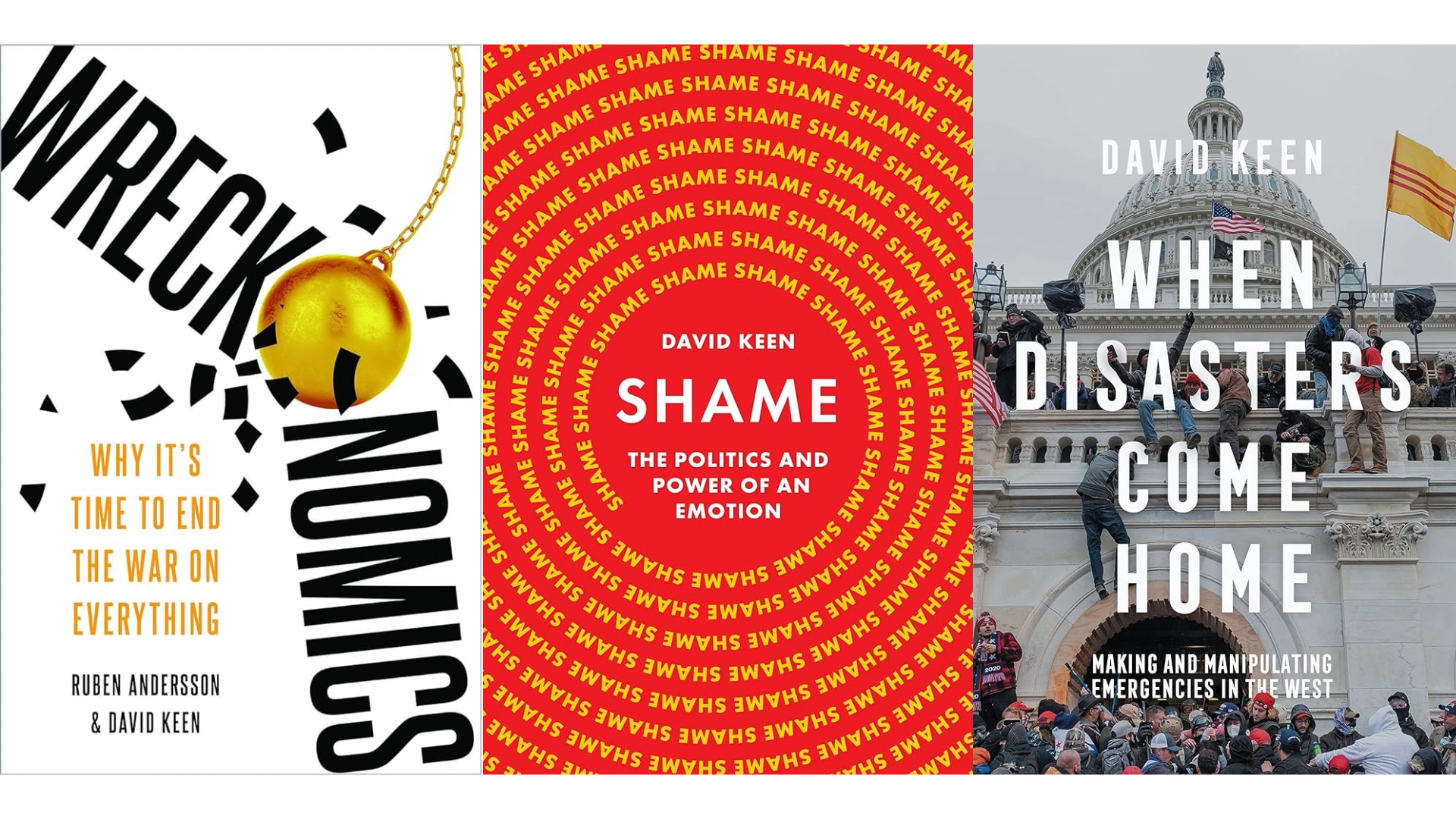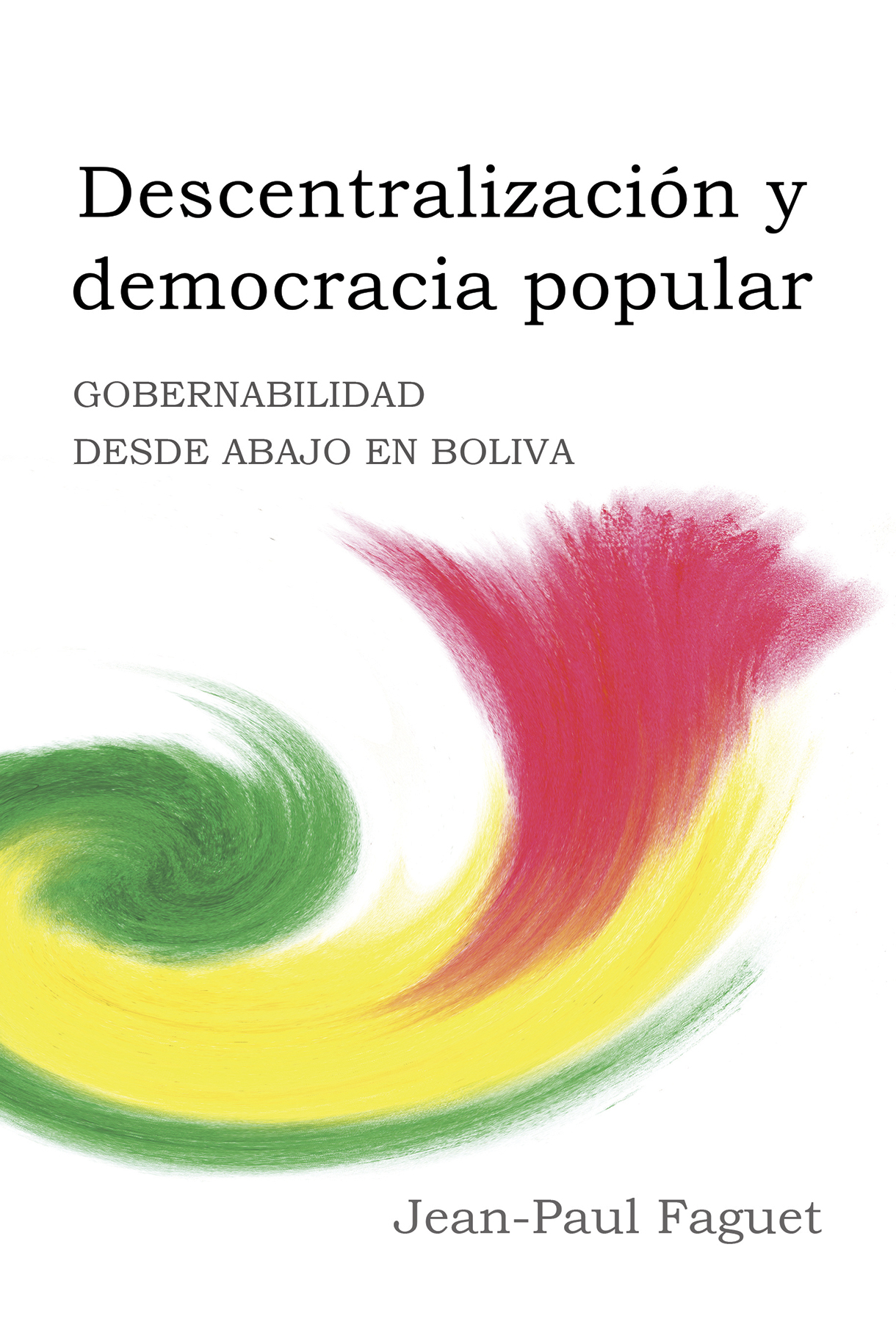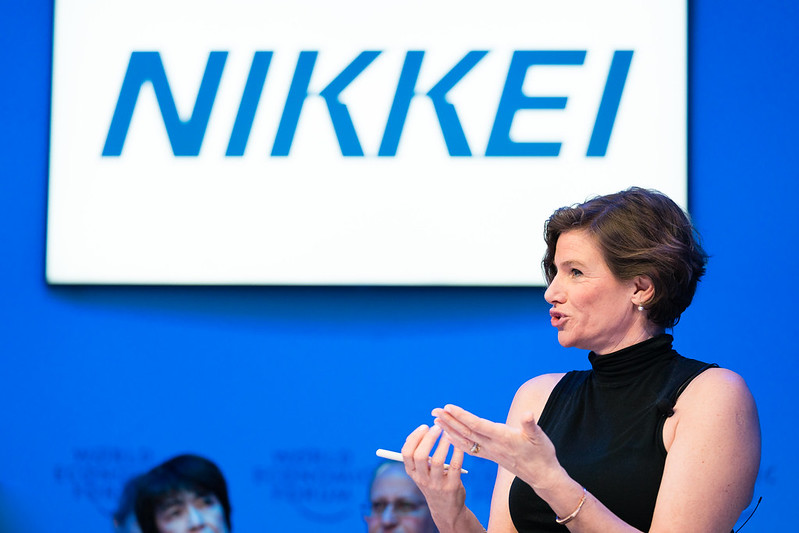Professor Kenneth Shadlen gives us a summary of a paper he co-authored with with Bhaven Sampat and Amy Kapczynski, which examines the different ways that pharmaceutical intellectual property provisions in trade agreements can affect prices, with a particular focus on regional and bilateral trade agreements.
The inclusion of rules on intellectual property (IP) in trade agreements has inspired considerable debate. One area that has received substantial attention and has been the point of extensive controversy are the rules regarding IP for pharmaceuticals. Prior to the 1990s, few developing countries allowed patents on pharmaceutical products. Now nearly all do so. The key event sparking this change is the World Trade Organization’s Agreement on Trade-Related Aspects of Intellectual Property Rights (TRIPS), which requires countries to allow pharmaceutical patents. Much of my work has been about understanding the causes and consequences of the globalization of pharmaceutical patenting, examining variation in national responses to TRIPS and studying how countries’ new patent systems function.
In a recent article, with Bhaven N. Sampat (Columbia University) and Amy Kapczynski (Yale University), we examine the different ways that IP provisions in trade agreements can affect prices. We focus particularly on regional and bilateral trade agreements, which require countries to take measures beyond what they are required as by TRIPS. In “Patents, Trade and Medicines: Past, Present and Future” (Review of International Political Economy 27, No. 1 (January 2020), pp. 75-97), we consider how the most common IP provisions that appear in US trade agreements can affect prices.
Our main contribution is showing that how these provisions can affect prices depends on key temporal factors. Specifically, we consider two types of temporal factors: when the country started granting pharmaceutical patents, and when the drug was invented.
With regard to the first, the key distinction is between countries that were already granting pharmaceutical patents before TRIPS came into effect in 1995, and those that began to do so after that point. We refer to these as “pre-TRIPS” and “post-TRIPS” countries. Since patents last 20 years from the date of application, and since the expected effects of some provisions are to extend periods of protection beyond 20 years, then we’re much more likely to see effects of trade agreements on prices in the “pre-TRIPS” countries. In the “post-TRIPS countries,” not enough patents have reached the point where they would expire even without these additional provisions to observe much of an effect. Of the 19 countries that have regional and bilateral trade agreements with the US, most (13) are “post-TRIPS.”
With regard to the second temporal factor, when the drug was invented, keep in mind that applicants file for patent protection early in the drug development process, before clinical trials have been conducted and regulators approve the drug for commercialization. As a result, there is substantial lag between the time a drug is invented and the time it is launched. Imagine a patent application filed on a new drug in 2010: the drug associated with this patent may not be launched (if ever launched) until 2020, and the patent (if granted) would then protect the drug for ten years, until it expires in 2030.
To add further complexity, remember that firms will typically file for multiple patents on each drug, the main patent on the molecule (let’s call that the “primary patent”) and additional patents, filed later, on alternative forms of the drug, such as its formulation, composition, dosage, and use (“secondary patents”). If all of these patents are granted, the period of protection can be extended. Consider again the example of a new drug with a patent filed in 2010 that is launched in 2020. If additional “secondary patents” are filed in the following years, say 2011 and 2012, and if these are all granted, the drug’s period of protection (i.e. monopoly) may not expire until 2032. In this instance, the secondary patents extend the period of exclusivity.
But now let’s return to the first temporal factor, when countries began to allow pharmaceutical products to be patented. For the “post-TRIPS” countries, the primary patents for many drugs were not eligible, as they pre-dated the establishment of the new product patent regime. Here, the only patent protection that drugs could obtain comes from secondary patents filed later. For example, if a primary patent is filed in 1990 but the country did not start allowing pharmaceutical products to be patented until 1995 then this initial patent will not be granted, but secondary patents filed after 1995 might be. Here, in the absence of the primary patent, the secondary patents do not extend periods of exclusivity but rather establish exclusivity.
Many countries have measures in place to try to minimize the grant of secondary patents (see here, here, and here), while some regional and bilateral trade agreements include provisions that require countries to allow secondary patents. The effects of secondary patents (and provisions that require countries to allow secondary patents) depends on when the country introduced pharmaceutical patents and if there is a primary patent in force.
At this point you’re probably thinking – “yowsa, this is complicated!” That’s correct, it is complicated, and one of the aims of the article is to show precisely why assessing the effects of patents on prices is so difficult. We undertake exercises of the sort described above, considering the interaction of the 2 key temporal factors with distinctions between primary and secondary patents, for each of the IP provisions that appear US trade agreements. Depending on when the country started allowing pharmaceuticals to be patented and when the drug was invented, the nature and degree of the effects on competition and prices will differ.
We are not claiming that trade agreements do or do not make drugs more expensive, but rather pointing to the challenges to figuring out if they do or do not. The article is largely conceptual and methodological, pointing out the challenges to analysing the effects, and to provide readers with a toolkit for evaluating claims. Too many analysts make too many strong claims based on uncertain understanding (or misunderstanding) of the complexities. We hope that this article, for all its complexity, can help put clarity and structure on the debate and subsequent analyses.
Professor Ken Shadlen is Professor in Development Studies and Head of Department in the Department of International Development at the LSE. He works on the comparative and international political economy of development, with a focus on understanding variation in national policy responses to changing global rules. In recent years his research has focused on the global and cross-national politics of intellectual property (IP). He is also the author of Coalitions and Compliance: The Political Economy of Pharmaceutical Patents in Latin America (OUP, 2017).
The views expressed in this post are those of the author and in no way reflect those of the International Development LSE blog or the London School of Economics and Political Science.





